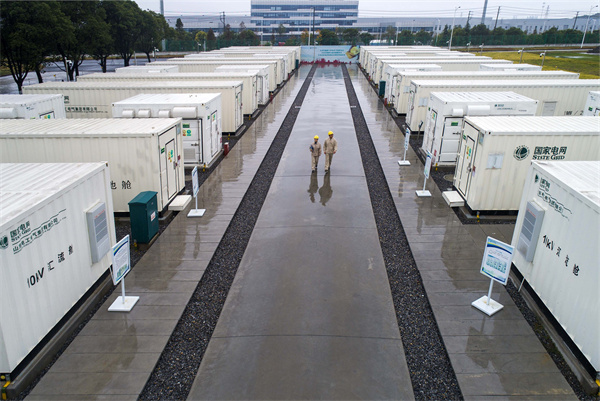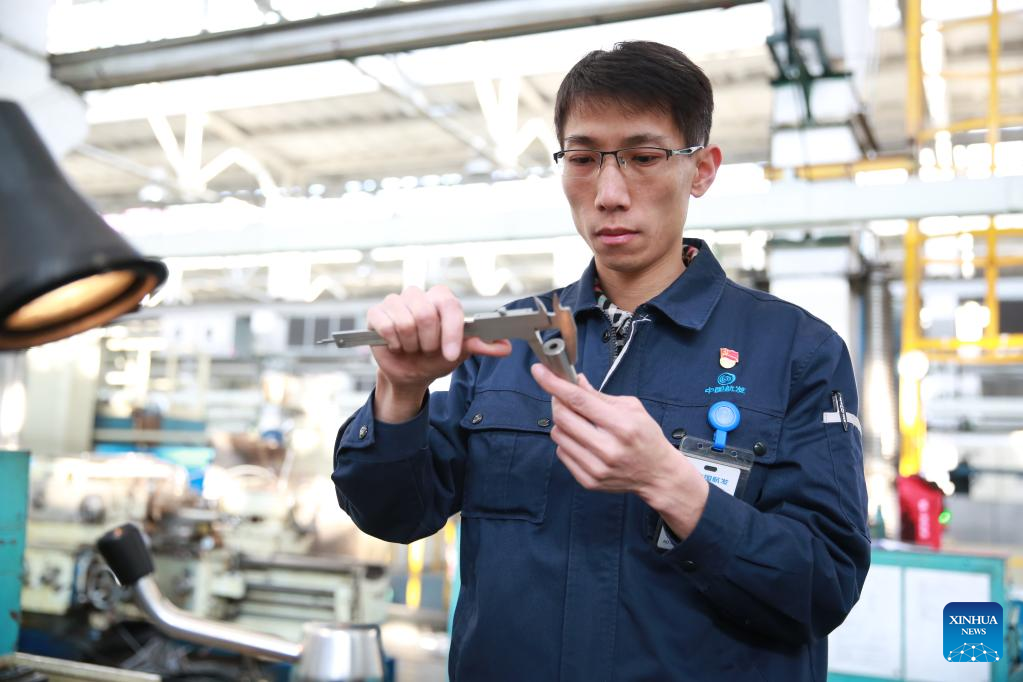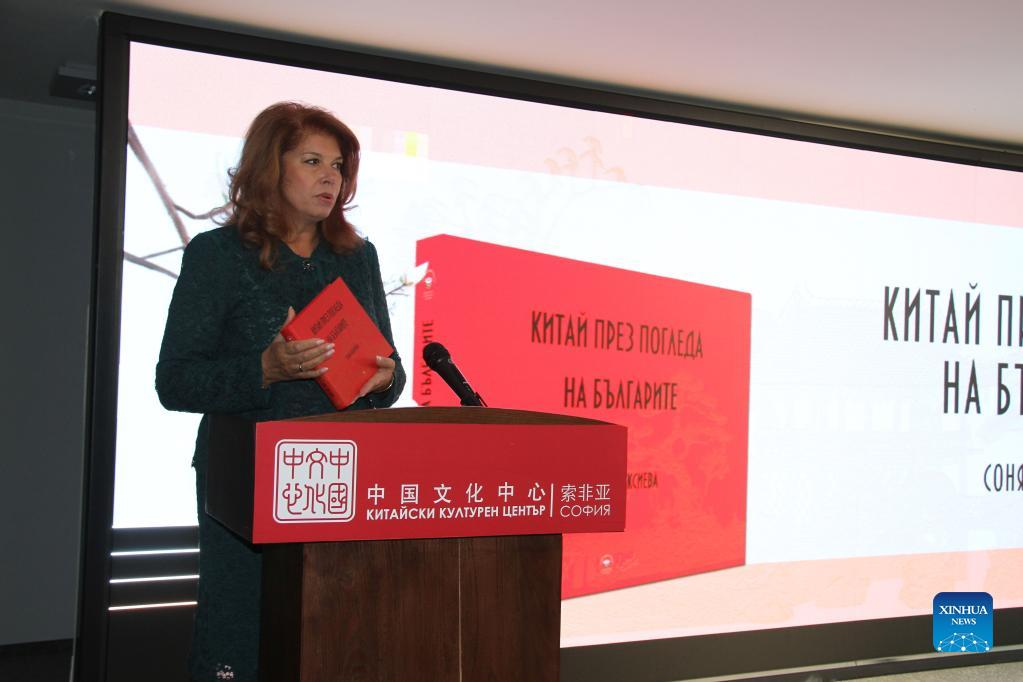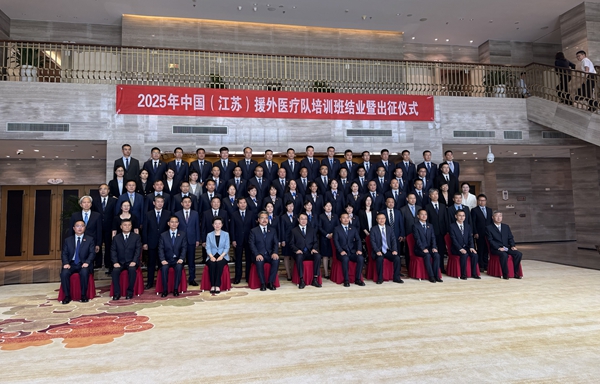
A view of CSI Solar's energy storage project Phase I in Dafeng Economic Development Zone of Yancheng City, Jiangsu Province. (CFP Photo)
In recent years, Jiangsu has accelerated the coordinated development of new energy and energy storage, with its installed storage capacity climbing significantly and technologies getting diversified.
In June, Jiangsu added 7.28 million kilowatts of power generation capacity, including 5.64 million kilowatts of solar power and 175,000 kilowatts of wind power.
"The cost of renewable power generation will fall below that of traditional power production across the board as solar and wind energy technologies continue to improve," said Song Xudong, an inspector from the province's Department of Industry and Information Technology.
However, Song also noted that power generation through renewable sources differs sharply from traditional sources due to their reliance on the weather conditions, leading to an uncertain and uncontrollable supply.
"To address the challenge, it's important to promote the large-scale energy storage and also adopt various solutions in a coordinated manner, just like building a huge power bank ready to serve in times of need," said Song.

Jiangsu enjoys several advantages in the endeavor, such as strong manufacturing sector, earlier development of storage technologies, and a domestic leading industry scale in Lithium-ion battery, sodium-ion battery and other fields.
Today, cities like Nanjing, Wuxi and Changzhou are home to more than 180 key enterprises in the new energy storage industry chain, such as NR Electric, CALB and SVOLT Energy Technology.
In 2022, the province's energy storage industry achieved a revenue of about 120 billion yuan, accounting for 38.1% of the national total. It is expected that the installed capacity of new energy storage in Jiangsu will reach about 2.6 million kilowatts by 2025.
In addition, the province's energy storage industry has nearly 60 enterprise technology centers and 16 research institutions, recognized at and above the provincial level, with the development of innovative products and application of energy storage projects leading the nation.
Regarding the higher cost of energy storage, Gao Jifan, chairman of Trina Solar and also executive vice president of China New Energy Storage Industry Innovation Alliance, said the cost is already dropping and will continue the trend with the improvement of the battery cycle life, the lowering price of lithium carbonate and the rise of liquid-cooling technology.




















